

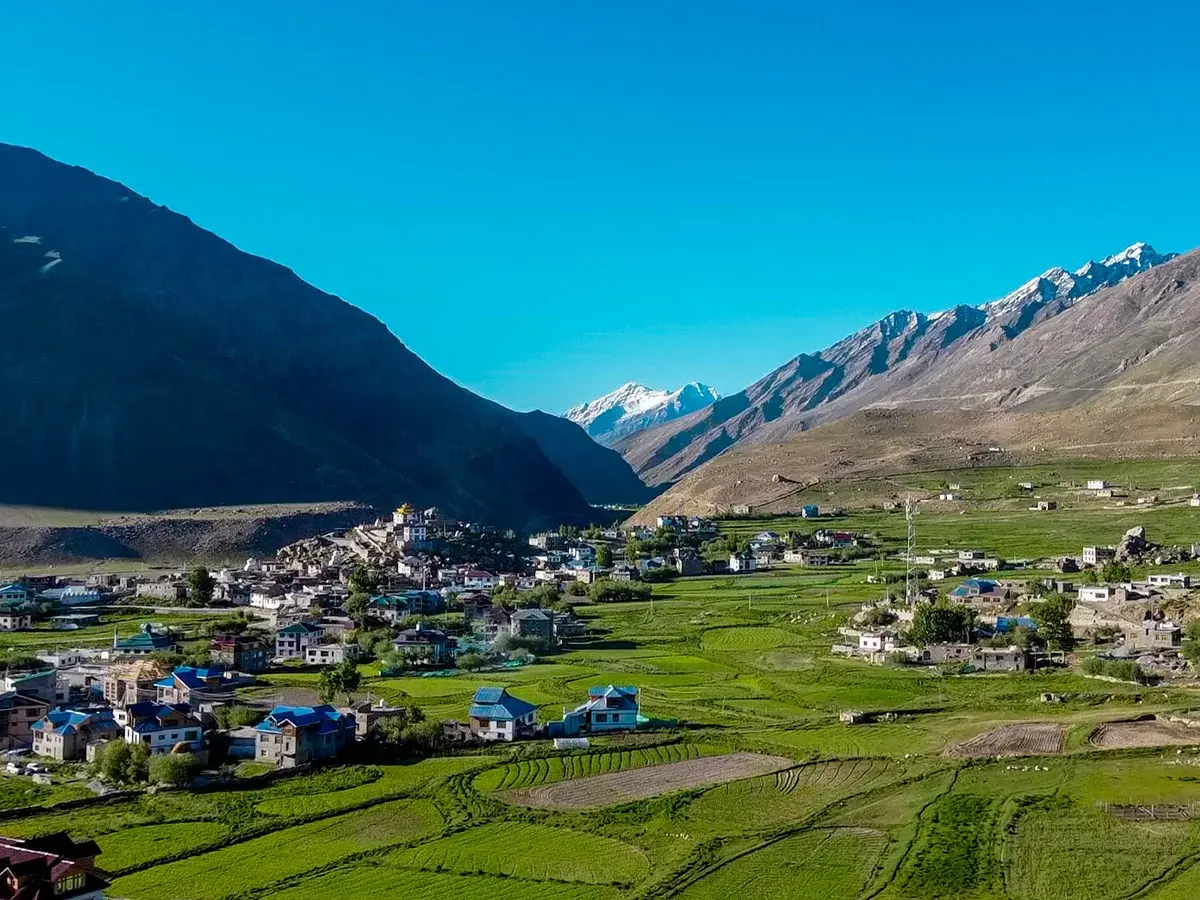
Padum, the main town in Zanskar Valley, was once the capital of the ancient Zanskar kingdom. The town is named after Guru Padmasambhava (Guru Rinpoche), who is believed to have meditated in the region during his journey to spread Buddhism. Over the centuries, Padum evolved into a spiritual hub with monasteries like Karsha, Stongdey, and Sani, which date back over a thousand years.
For a long time, Padum remained cut off from the rest of Ladakh during winters. It was only accessible by ...

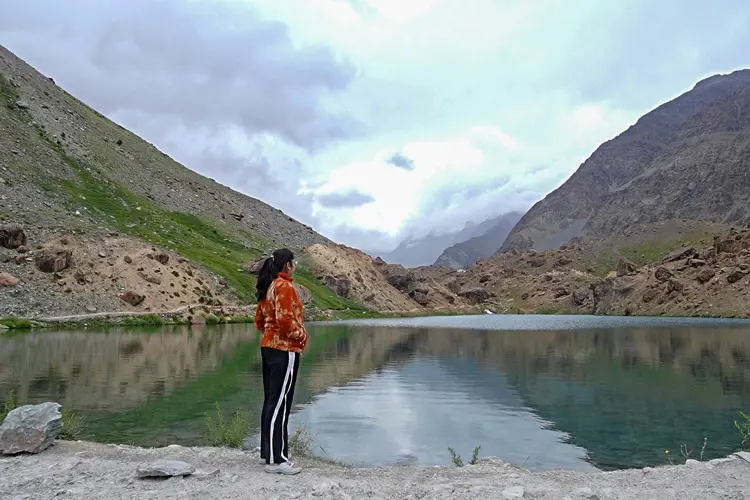
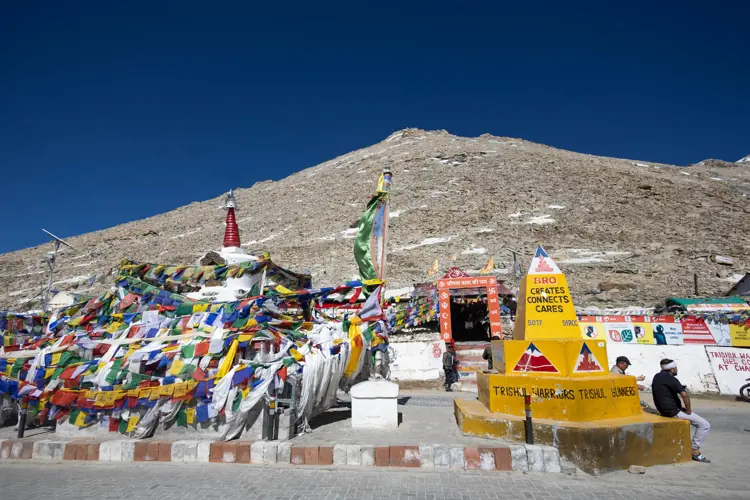
 1.jpg)
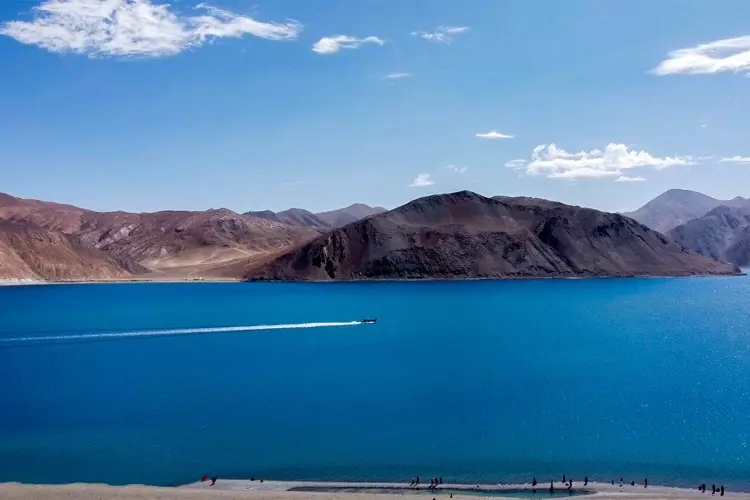
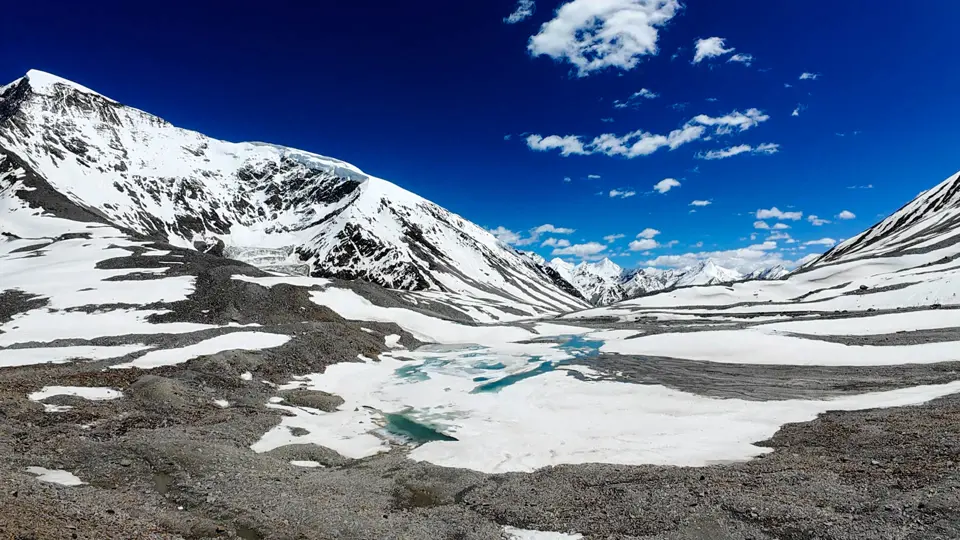
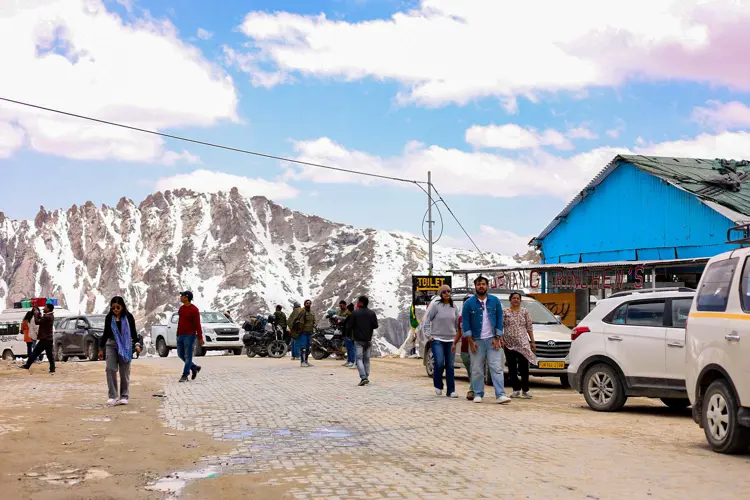
 4.jpg)

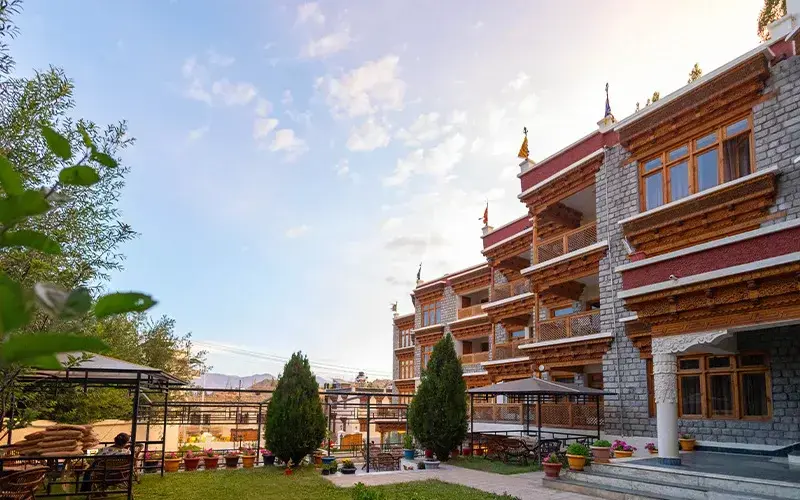
Hotels In Leh Ladakh
Experience peaceful stays amid mountains, lakes, and clear skies.
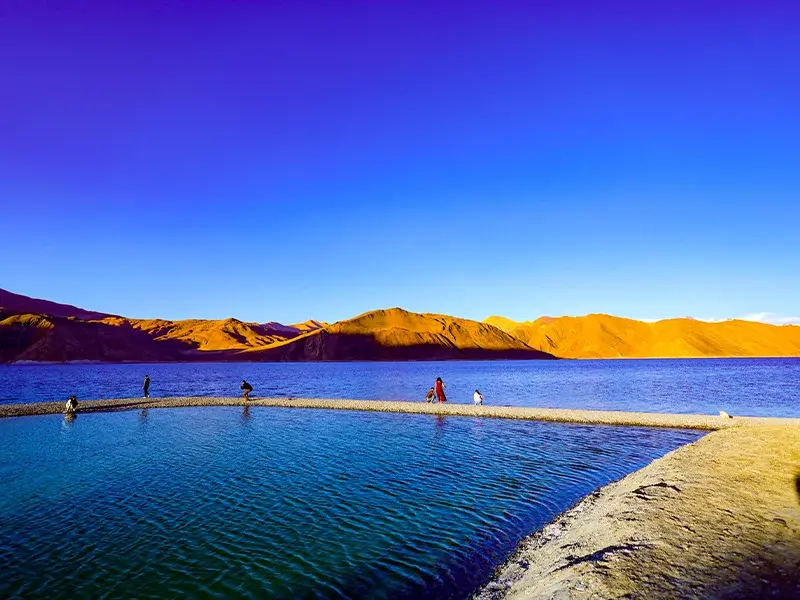
Packages Of Leh Ladakh
Experience Ladakh’s mountains, lakes and culture with our curated packages.
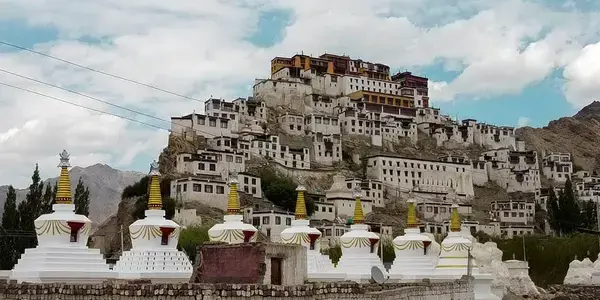
Places To Visit In Leh Ladakh
Best Places to Visit in Leh Ladakh for an Unforgettable Trip
.webp)
Blogs Leh Ladakh
High-altitude adventures and serene Tibetan-style landscapes
.webp)
Images Of Leh Ladakh
Explore Ladakh’s raw beauty through real and scenic images.
Hotels In Leh Ladakh
Packages Of Leh Ladakh
Places To Visit In Leh Ladakh
Blogs Leh Ladakh
Images Of Leh Ladakh
Heavy Thermals & Down Jackets
Even in summer, Padum is chilly. Nights dip to sub-zero temperatures. Carry woolen thermals, padded jackets, gloves, and thick socks.
Raincoat & Sunblock
Sudden rain or snow is possible. Also, the sun is strong at high altitude—apply SPF even on cloudy days.
Stay in Kargil or Rangdum First
Ascending gradually helps prevent AMS. Avoid heavy activity on arrival day.
Carry First-Aid & Backup Meds
Include Diamox, paracetamol, glucose tablets, and your personal medication—there’s only one small hospital in Padum.
Visit Karsha, Sani & Stongdey Monasteries
These peaceful spots offer incredible views, historical murals, and deep spiritual energy.
Explore Pibiting Village
A nearby village known for its unique Gompa set against a flat-topped hill—great for photography and cultural walks.
Trek to Phuktal Monastery
One of the most remote monasteries in the world—built inside a cave on a cliff, reachable only by foot.
Home-Cooked Local Thukpa & Skyu
Taste traditional Zanskari dishes made of barley, hand-rolled wheat dough, and seasonal vegetables.
Butter Tea & Barley Flour (Tsampa)
Locals survive winters on this. Try it with sugar if you’re new—it’s different but warming.
Mid-June to September – road access is open and weather is pleasant.
Padum, the main town in Zanskar Valley, was once the capital of the ancient Zanskar kingdom. The town is named after Guru Padmasambhava (Guru Rinpoche), who is believed to have meditated in the region during his journey to spread Buddhism. Over the centuries, Padum evolved into a spiritual hub with monasteries like Karsha, Stongdey, and Sani, which date back over a thousand years.
For a long time, Padum remained cut off from the rest of Ladakh during winters. It was only accessible by foot treks or frozen river crossings (Chadar Trek). It wasn’t until the 1980s that a road was built from Kargil to Padum, transforming it into a summer-accessible village.
Padum has maintained its monastic charm, remote silence, and cultural authenticity. It has no loud tourism, no traffic jams—just the hum of wind, prayer flags, and monks chanting in the mountains. Today, it serves as the base for Zanskar expeditions, winter treks, and even routes toward Himachal Pradesh through Shinku La.
Padum is Zanskar’s Only Town
It’s the administrative and cultural center of Zanskar and the only settlement with basic infrastructure, government offices, and a hospital.
Base for Chadar Trek
In winter, Padum becomes the endpoint of the frozen Zanskar river trek—an iconic journey across ice sheets and frozen waterfalls.
Karsha Monastery Dominates the Hillside
Located a few kilometers from Padum, Karsha is the largest and most important monastery in Zanskar.
No Mobile Networks Yet
Internet and network availability is rare or very weak. Tourists rely on local SIMs or BSNL landlines.
Homestays Are the Norm
Hotels are limited. Most visitors stay in cozy homestays run by Zanskari families—great for experiencing the local lifestyle.
The Monk Who Painted the Wall
In the 14th century, a monk at Stongdey Monastery began painting a spiritual mural but passed away before finishing it. Years later, another monk resumed the work without seeing the original—yet the design matched perfectly. Locals believe it was divine guidance. Today, this mural is displayed inside the monastery and is worshipped by devotees as the “Unseen Collaboration.”
The Winter Bridge of Wool
During heavy snow, a woolen rope bridge was once stretched across a frozen stream near Padum so children could go to school. Villagers say it was braided by old monks and elders overnight. It held through the harsh winter and allowed safe passage. Every winter, the story is shared as a lesson of community and resilience.
The Himalayan Mountains are a majestic mountain range in South Asia, spanning five countries. They boast the world's highest peaks, including Mount Everest. These young, growing mountains feature rugged, snow-capped peaks, deep valleys, and glaciers. The Himalayas influence regional climate, harbor unique biodiversity, and hold cultural and spiritual significance. They attract adventurers, nature lovers, and spiritual seekers from around the world.